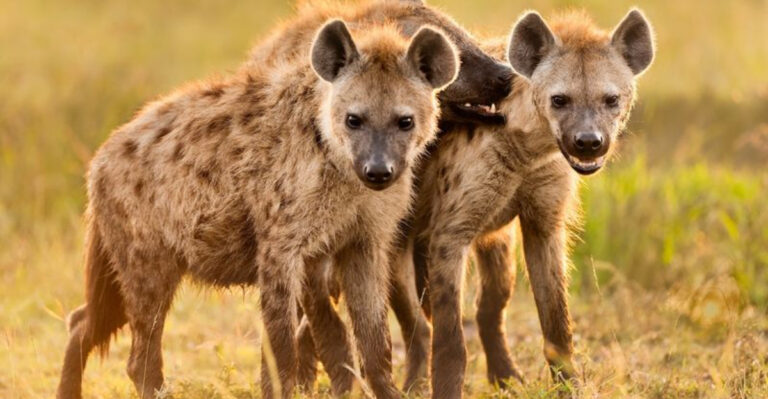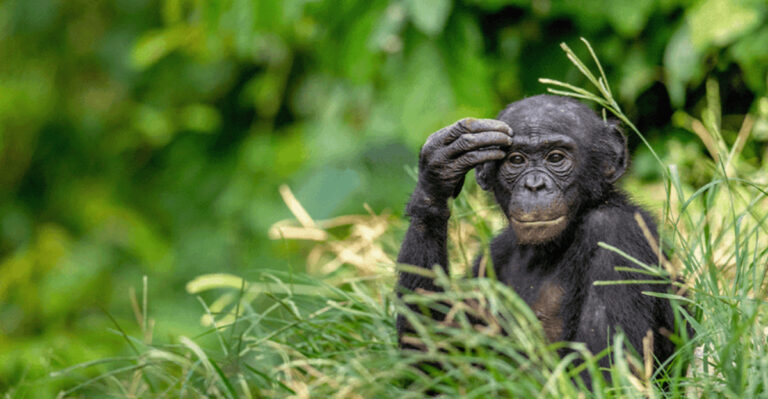The Fight To Bring Grizzly Bears Back To Washington Isn’t Over Yet
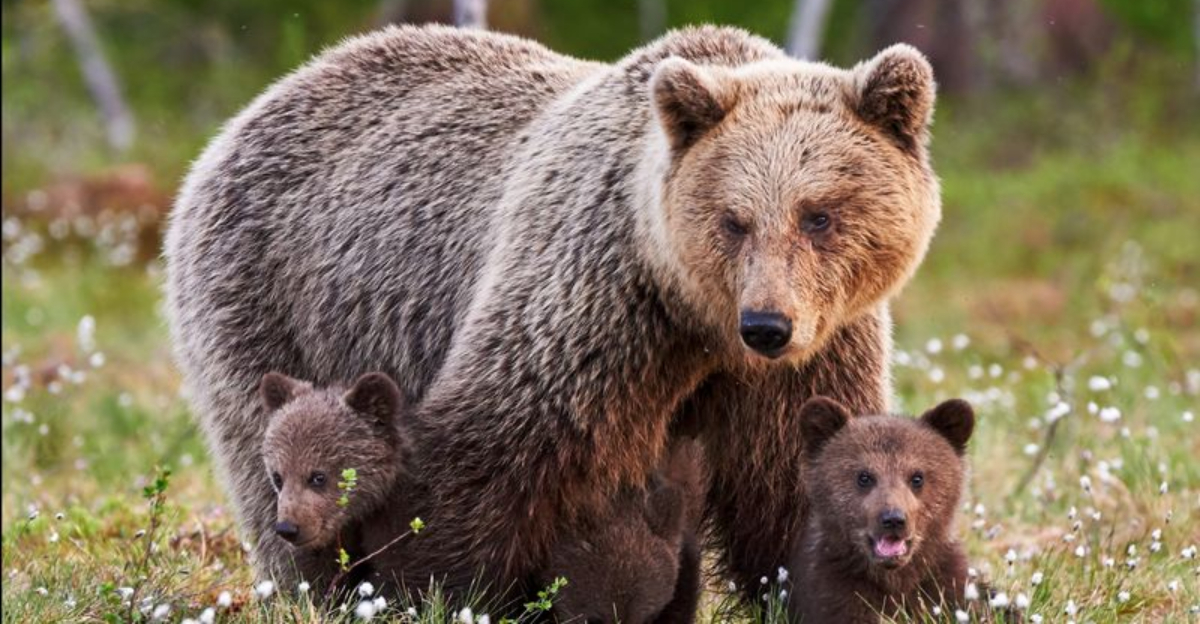
Grizzly bears once roamed freely across Washington’s wilderness, but today they’re nearly gone from the state. The fight to restore these magnificent creatures to their native habitat has been a rollercoaster of progress and setbacks.
Conservation efforts continue as scientists, government agencies, and communities debate the future of these iconic North American predators in Washington’s ecosystems.
1. Grizzlies Once Roamed The North Cascades
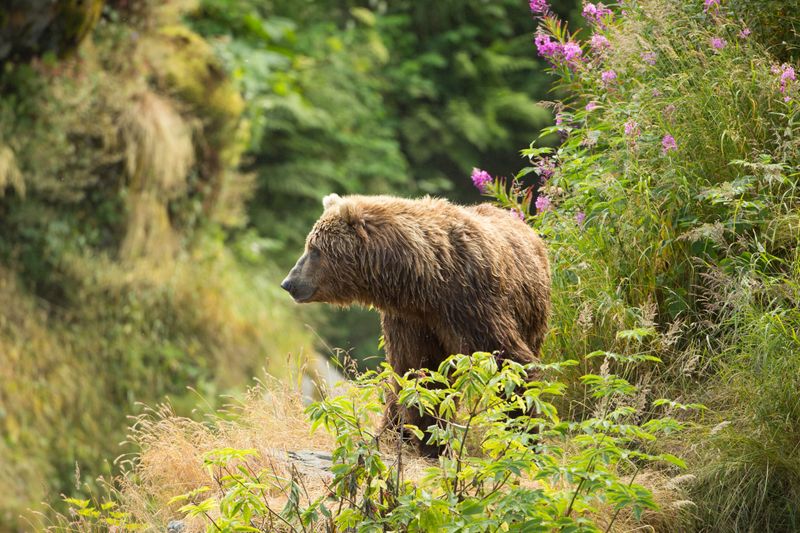
Thousands of grizzlies wandered Washington’s mountains before settlers arrived. These massive bears thrived in the dense forests and alpine meadows, fishing salmon-rich streams and foraging for berries.
Historical accounts from trappers and indigenous tribes confirm their widespread presence. The North Cascades ecosystem provided perfect habitat with its remote valleys and abundant food sources.
2. By The 20th Century, They Were Nearly Gone
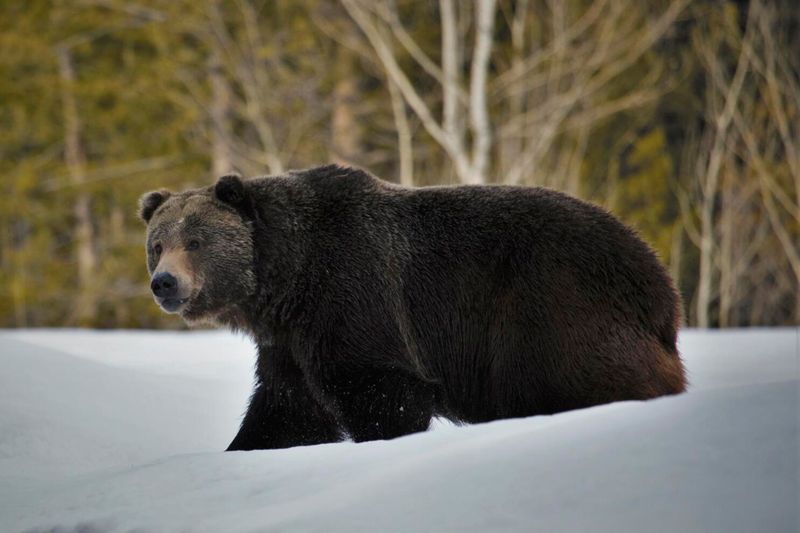
Relentless hunting campaigns decimated Washington’s grizzly population. Trappers, miners, and farmers viewed the bears as dangerous threats, placing bounties on their heads throughout the 1800s.
Habitat destruction from logging and mining pushed survivors into smaller territories. By the 1960s, sightings became extremely rare, with only occasional tracks or glimpses reported by backcountry hikers.
3. The North Cascades Became A Recovery Focus
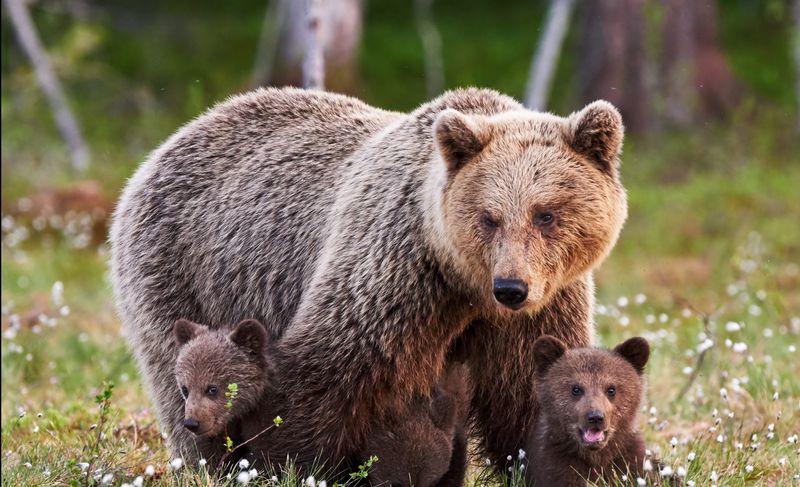
Federal officials designated the North Cascades as an official grizzly recovery zone in 1997. This remote wilderness spans nearly 10,000 square miles of rugged mountains, pristine valleys, and dense forests.
Scientists identified this region as prime habitat capable of supporting 200+ bears. The area’s isolation from human development makes it ideal for reintroduction efforts while minimizing human-bear conflicts.
4. Public Debate Slowed Early Progress
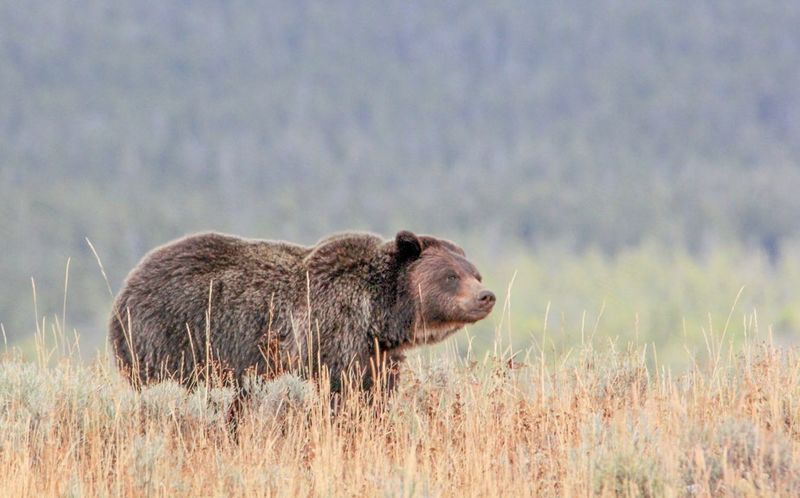
Ranchers worry about livestock predation if grizzlies return. Their concerns about financial losses and safety have fueled opposition at community meetings throughout rural Washington.
Hikers and outdoor enthusiasts express mixed feelings about encountering bears on trails. Meanwhile, conservationists argue the ecological benefits outweigh risks, pointing to successful coexistence in Montana and Wyoming.
5. The National Park Service And U.S. Fish & Wildlife Get Involved
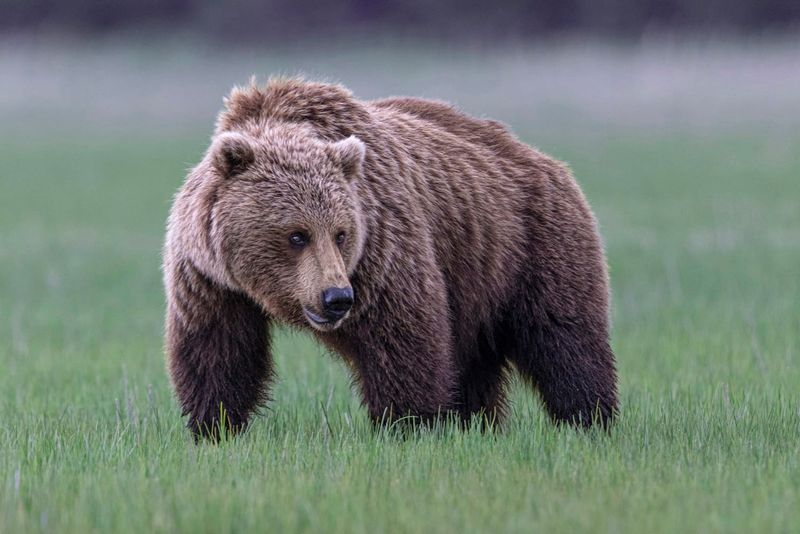
Federal agencies launched formal restoration planning in 2014. Teams of biologists conducted habitat assessments, studying food availability and potential release sites throughout the North Cascades.
Four different reintroduction options emerged from their research. The most ambitious proposal recommended relocating up to 25 bears over 5-10 years, while others suggested smaller pilot programs or natural recovery without human intervention.
6. Reintroduction Plans Were Paused In 2020
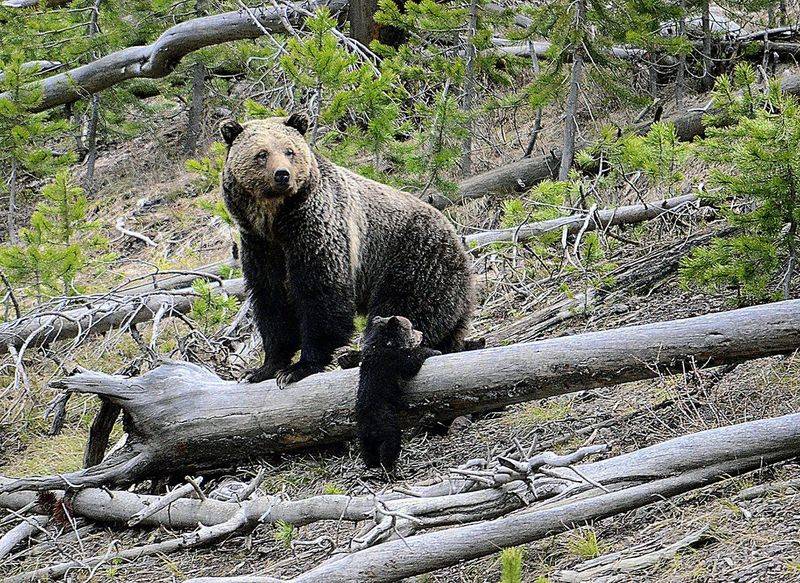
A sudden announcement halted the entire restoration program. Political pressure from regional representatives cited concerns about community impacts and questioned the scientific necessity.
Conservation groups expressed outrage at the decision. They filed legal challenges arguing the termination violated environmental protection laws and ignored years of scientific research and public input that supported reintroduction.
7. Momentum Resurfaced In 2022
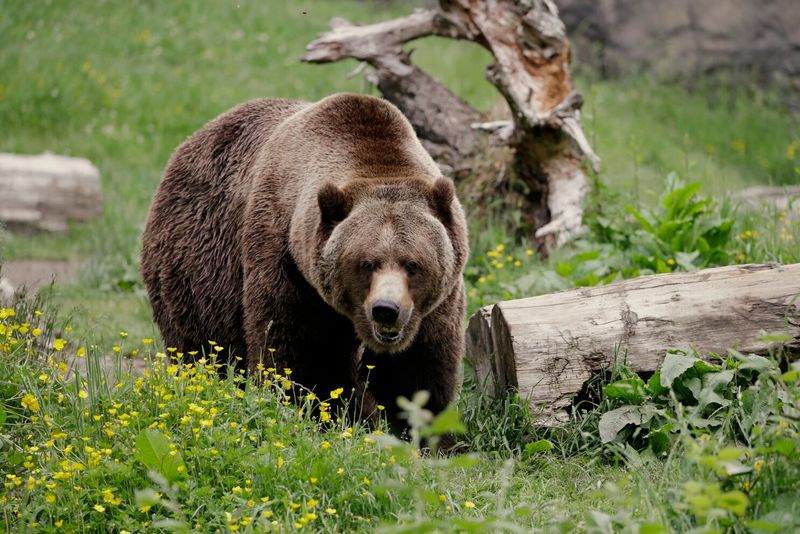
Fresh leadership revitalized recovery efforts with new public hearings. Environmental organizations mobilized supporters while agencies revisited and updated their scientific assessments.
Technological advances offered improved tracking methods to monitor released bears. GPS collars and remote cameras would allow scientists to study movement patterns and behavior, addressing safety concerns while providing valuable research data.
8. Canada’s Success Stories Offer Hope
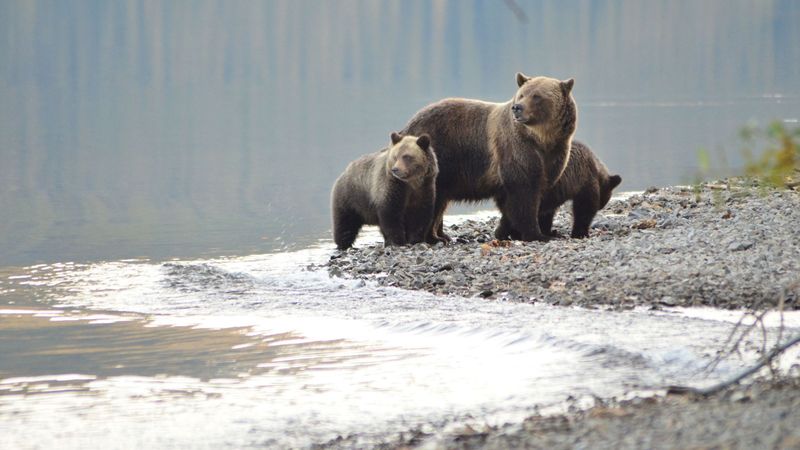
Just across the border, British Columbia maintains healthy grizzly populations. Their conservation strategies have balanced wildlife protection with human safety through education programs and habitat preservation.
Canadian wildlife managers regularly share data with Washington officials. Their experiences with bear-proof food storage, trail management, and community education provide valuable blueprints for successful coexistence between humans and these magnificent predators.
9. Most Proposals Suggest Relocating Bears From Montana Or Canada
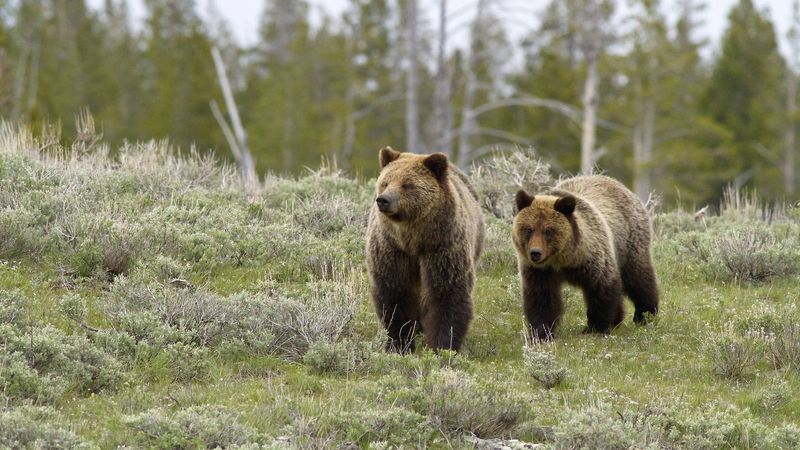
Wildlife experts favor moving young bears from established populations. Healthy 3-5 year old grizzlies would be carefully selected, transported, and released in remote areas far from human settlements.
The bears would wear satellite collars allowing constant monitoring. This approach succeeded in other recovery zones like the Cabinet Mountains, where relocated grizzlies adapted to new territories and eventually produced cubs.
10. Ecological Balance Is A Driving Force
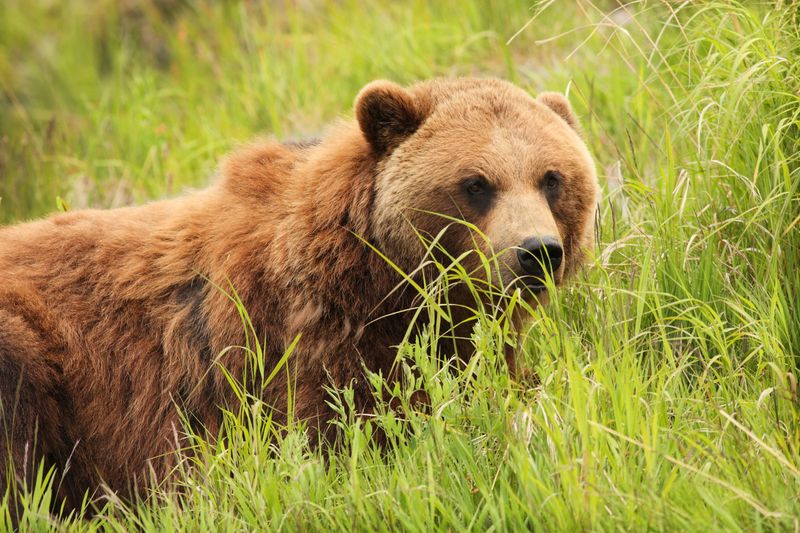
Grizzlies shape entire ecosystems through their foraging habits. Their digging aerates soil and distributes plant seeds, while their consumption of berries, insects, and carrion recycles nutrients throughout the food web.
Scientists call them a keystone species for good reason. Their presence regulates deer and elk populations, prevents overgrazing, and creates microhabitats that benefit countless smaller species from insects to songbirds.
11. Final Decisions Are Still On The Horizon
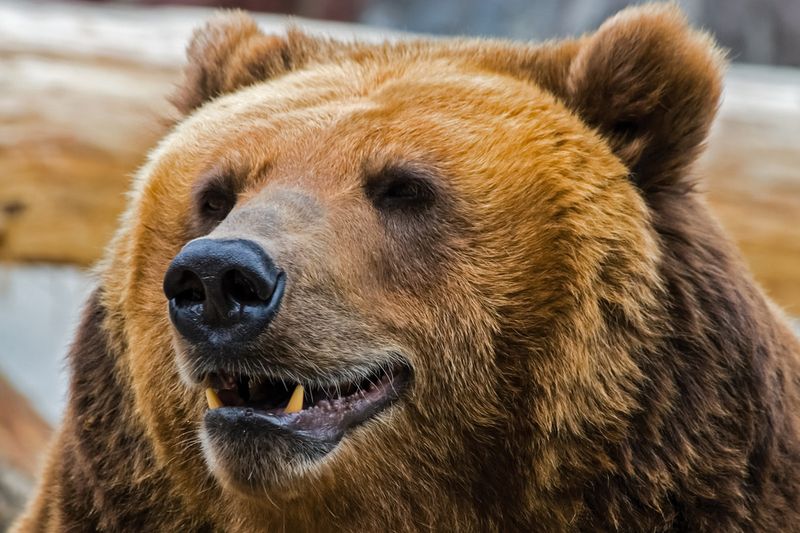
Multiple agencies must approve any reintroduction plan. The complex process requires coordination between state wildlife departments, federal land managers, tribal governments, and local stakeholders.
Public comment periods remain crucial to the outcome. Citizen input will shape final decisions as officials weigh ecological benefits against community concerns. The fate of Washington’s grizzlies ultimately depends on finding common ground between conservation goals and human needs.


